Ask Ethan # 46: What is quantum observation?
You can see a lot just by watching
- Yogi Bera
The reader asks:
What is “observation”? I have two examples, which I understand less, the more I think about them: Jung's experiment and Bell's theorem. The more I think about them, the less I understand what “observation” actually means.
Let's start by looking at these two classic examples of the strangeness of the quantum world.
')
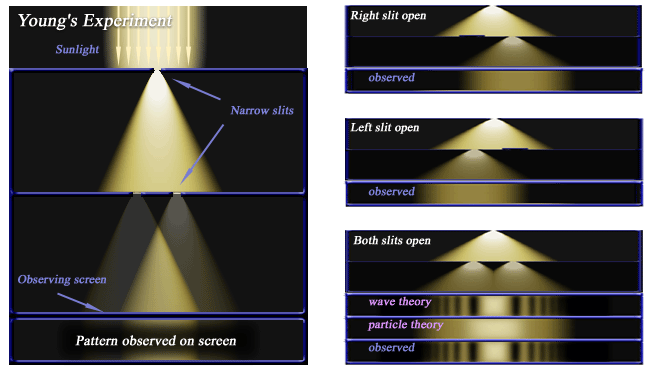
First, take Jung's experiment. It has long been known that particles behave differently from waves. If you take a screen with two slits and throw stones or bullets or other macroscopic objects there, most of the stones will be caught by the screen. A few will fly through the cracks. It can be expected, and in fact, it happens that several pebbles will fly through the left slit, and several - through the right.

And you will have two piles of pebbles that make up the bell-shaped curve (normal distribution), one for each slit. And this happens regardless of whether you look at the pebbles at the time of the throw, or not. They threw pebbles, got this picture. Everything.
And what if you have a pool with water, and you are creating waves on one side? You can place a screen with two slots so that the waves can only pass through the slots. As a result, you will have two sources of waves.
As a result, you get a picture of interference, where there are peaks and dips, as well as gaps, where there will be just the average height of the water without waves. This is called interference - sometimes peaks and dips add up and reinforce each other, sometimes the peak folds out with a failure and mutually compensates.
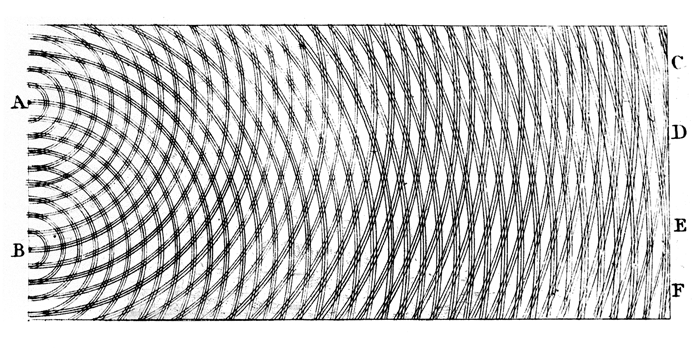
Jung's experiment was a series of experiments conducted from 1799 to 1801. After two slots they shone with light in order to understand whether it will behave like particles, or like waves. Now this standard experiment is repeated by students in laboratories. The result is the following picture:

Obviously, interference occurs here. Opened in the early 1900s, the photoelectric effect, consistent with the idea of quantifying light into photons with different energies, seemed to say that light consists of particles, not waves, and still it created such an interference pattern by passing through two slits .
Further more strange. In the 1920s, physicists decided to conduct the same experiment, only with electrons instead of photons. What happens if you direct the flow of electrons (for example, from a radioactive source experiencing beta decay) into two slots with a screen behind them? What picture will we see?
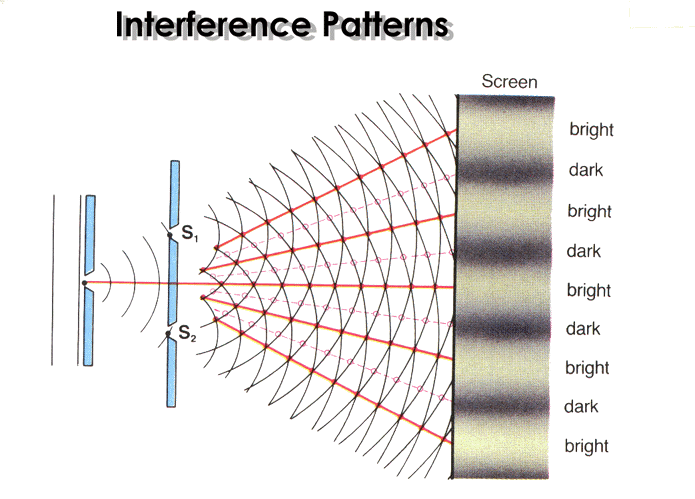
Oddly enough, the source of electrons also gives an interference pattern!
“Wait a minute,” everyone said. “Somehow the electrons interfere with other electrons from the decay source. Let us let them go one by one and see what happens on the screen. ”
Therefore, they did so, and began to look at what picture would emerge after each electron. This is what they saw.
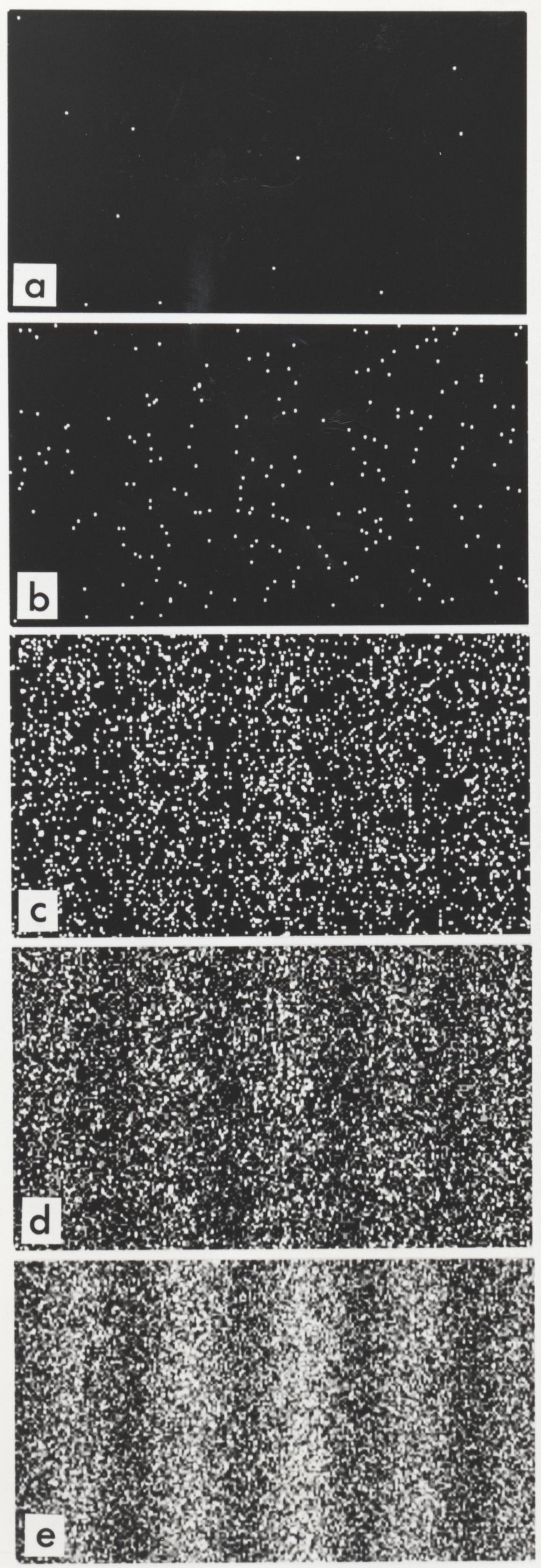
It turned out that each electron interfered with itself, passing through the cracks! Chot led the physicists to the question of how this happens — since electrons are particles, they can pass through only one of the slits, like pebbles or pellets.
So how? They made a "gate" (in which you can shine photons so that they interact with what passes through the slit) to determine which slit each individual electron passes through. As a result, of course, it turned out that the electron passed through one of the two slots. But then, looking at the resulting picture, they found that it turned into a picture drawn by particles, not waves. In other words, the electron seemed to know whether you were watching him or not!
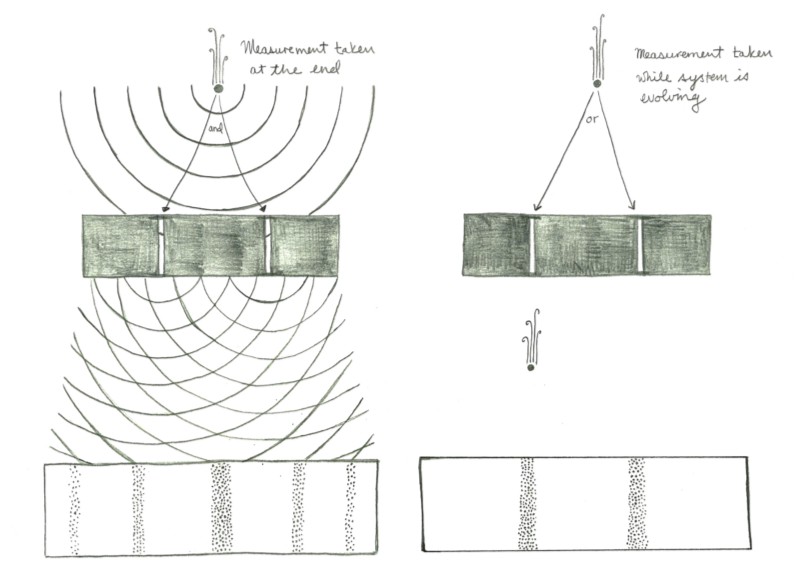
Or, as physicists say, the act of observation changes the result of an experiment. This may seem strange, but this is exactly what happens in all quantum systems organized this way: everything works as if it is in a wave superposition of all possible results, but once you make a key “observation”, it causes the system to give you one real answer.
Another example that our reader speaks of is quantum entanglement.
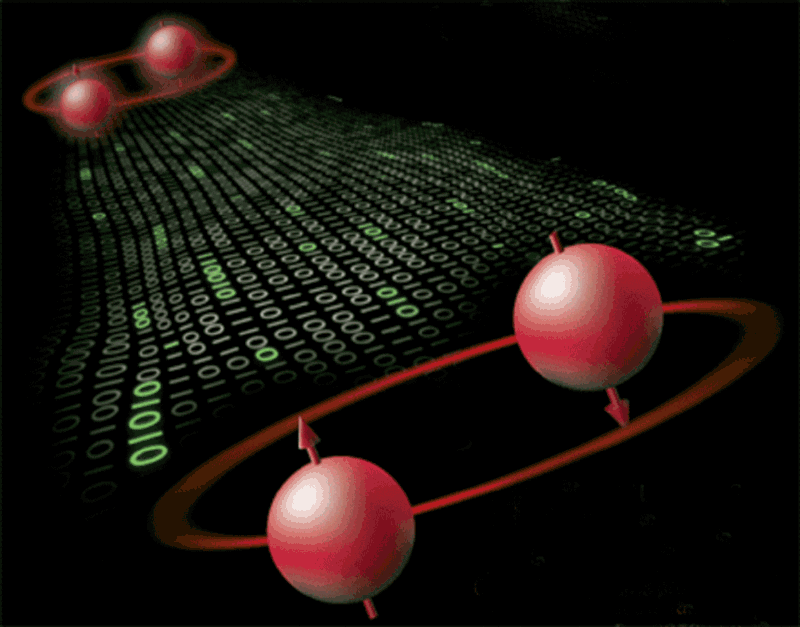
Many particles can be created in such a way that they will be in an entangled state: when you know, for example, that one must have a positive spin, and the other has a negative spin (for example, ± ½ for electrons, ± 1 for photons, and so on. p.), but do not know which one of them has which spin. Until you take a measurement, you have to treat them as if each particle is in a superposition of a positive and negative state. But when you “observe” the properties of one of them, you immediately know about the corresponding property of the other.
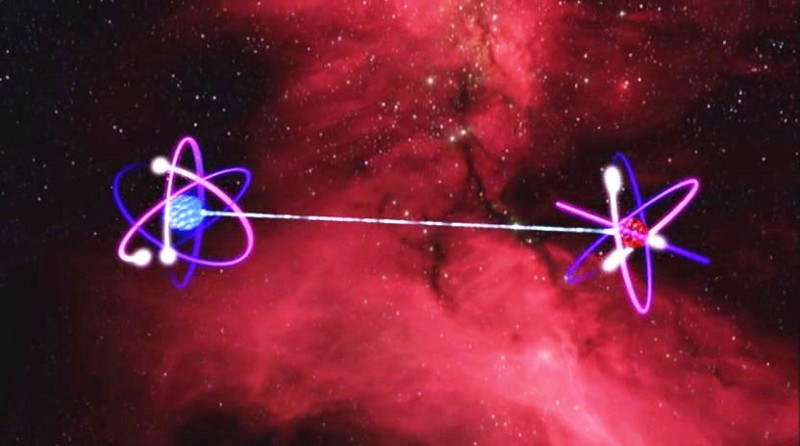
This is strange - as is the case with electrons passing through the gap, the particles behave differently, depending on whether they are in a superposition of states, or they are forced to accept one of the "pure" states. In theory, you can entangle two particles, move one of them at a distance of a light year, observe the first one, recognize its spin, and immediately recognize the spin of the other. You will not have to wait a year for the signal to come to you at the speed of light.
If it seems to you that this is strange, then it is so. Einstein himself was discouraged by this, and the solution to this, made by Bell, is that quantum entanglement is a non-local phenomenon.
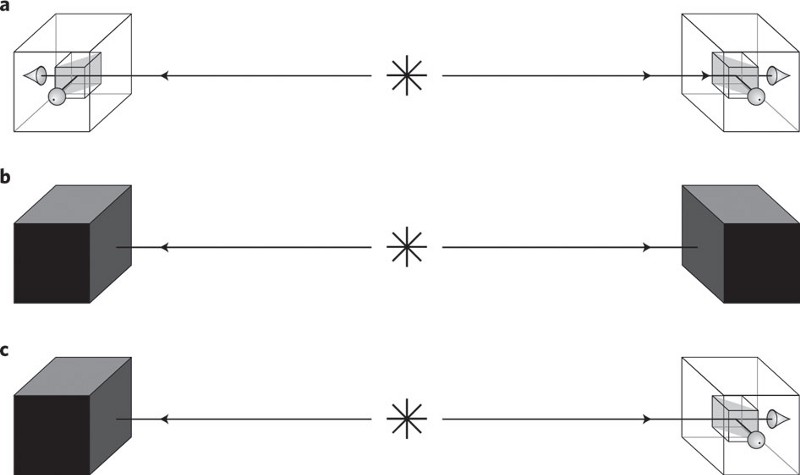
If you observe two particles, and then spread them over a great distance, you get (a). If you confuse them and then dilute them, they are both not defined until you have observed one of them (b). But, having observed one of them, you immediately recognize the state of the other (s).
At the same time, the one who is next to the particle, moved away to the light year, will not be able to notice any changes in it when you measure your own. Only after you bring your particles together (or transmit information about them, which is limited by the speed of light), can you observe the states of both particles.
Now you can answer the reader's question: what is the observation?
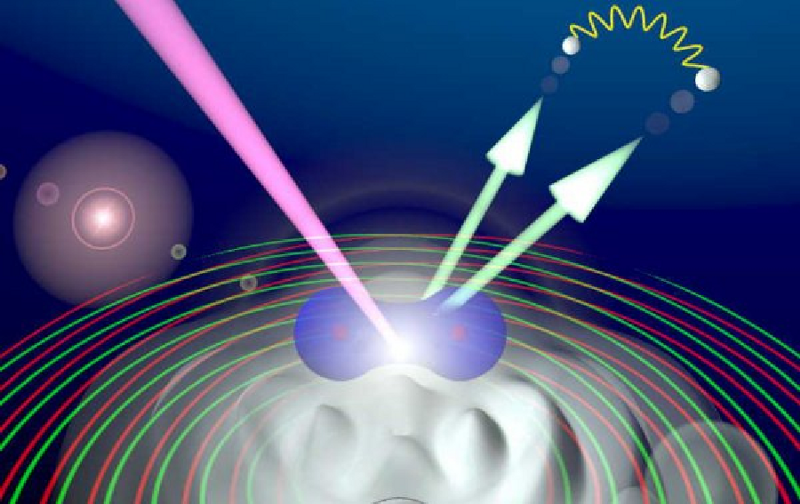
Despite what you might have thought, after reading these lines, the observation has nothing to do with you, with the observer. All the talk about measurements and observations hides the truth - to make these measurements, you need to make sure that the quantum particle interacts with the one we are trying to observe. And if we need to make these measurements, we need this interaction to take place with a certain level of energy.
This has nothing to do with you or with the "act of observation", but depends on whether you interact with enough energy to "make an observation", or, in other words, whether you can transfer the particle to one of the quantum states.

For an electron passing through a gap, this means interaction with a photon, which will limit its position enough for it to clearly pass through one of the slots. For a photon with a spin of +1 or -1, this means conducting a measurement sensitive to its polarization, which means an interaction that is sensitive to the type of electromagnetic field created by the photon.
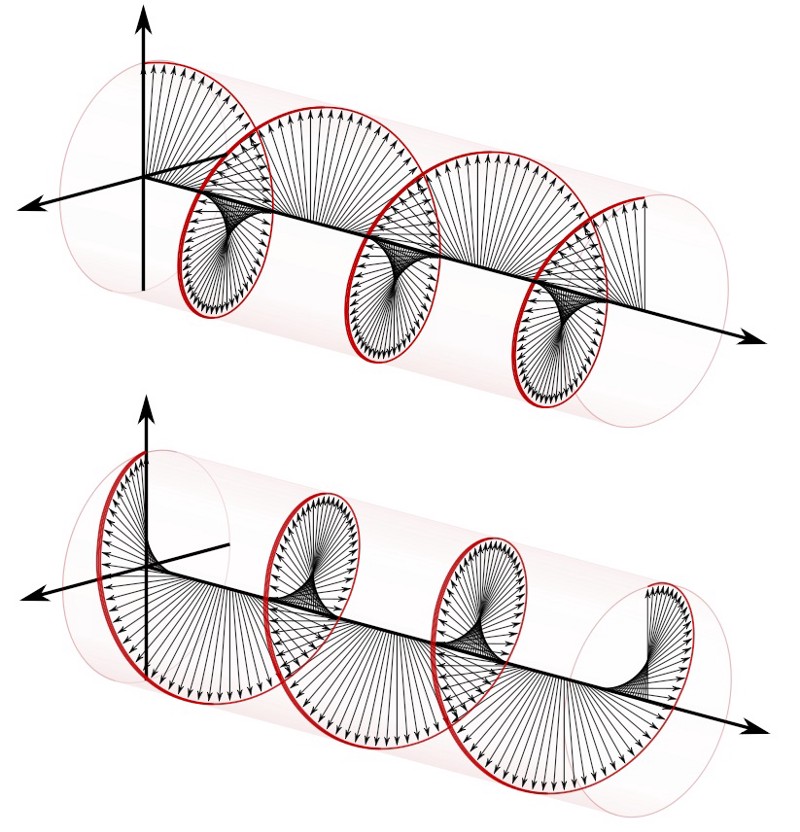
Therefore, observation is a quantum interaction sufficient to determine the quantum state of the system.
Source: https://habr.com/ru/post/368943/
All Articles